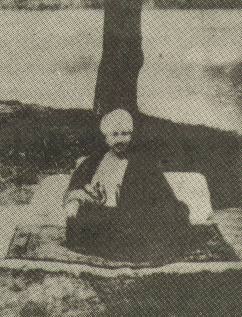Swami Aftab Joo Wangnoo
The Adorable Saint
by Prof. A.N. Dhar
Religion and culture are intertwined in Hinduism; this is evident from the time- honoured institution of sainthood in India that has always got wide acceptance and support from our society. Saintly orders of many hues and varieties have flourished in this country for ages, since the beginning of the Vedic civilization. Even in the present age of science and technology, sainthood survives in our land and the true saint continues to command respect in society. I have witnessed this fact with particular interest as a native of the valley of Kashmir since my boyhood days. Sadhus and mahatmas hailing from various corners of the country, wearing ochre robes or moving about semi- nude (their bodies smeared with ashes) have traditionally been served, fed and treated with great care and respect by the Kashmiri Hindus. We specially noticed this during the days of the yatra of the devotees, who included sadhus in bulk, to the Amarnath Cave. Swami Aftab Joo Wangnoo
Swami Aftab Joo Wangnoo
1. Shri Triloki Nath Dhar, author of several books, including Life and Teachings of Rupa Bhawani.
2. He furnished this information to me in response to my queries incorporated in a questionnaire. I thankfully acknowledge his help.
(Prof. Dhar retired as Head of the Department of English, Kashmir University, recently. With several books on literature and religion to his credit, he was also Professor Emeritus. He contributes to K.S. also.)
Source: Koshur Samachar


